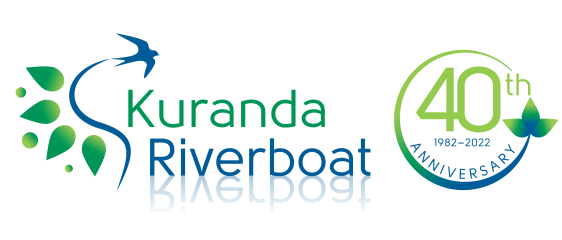Listed below are some of the findings put forward for consideration when the Wet Tropics of TNQ were nominated for a World Heritage listing. The area provides an unparalleled living record of the ecological and evolutionary processes that shaped the flora and fauna of Australia… making it one of the most significant regional ecosystems in the world.
The area contains in excess of 3,000 vascular plant species. Representing 576 genera and 224 families, which 44 genera are endemic to these rainforests.
The Wet Tropics is in the top most irreplaceable protected areas on earth.
Our Location
Australia is one of the 7 mega diverse countries of the world, these being
- Brazil – more info on Brazil here
- Colombia – more info on Colombia here
- Mexico – more info on Mexico here
- Zaire – more info on Zaire here
- Madagascar – more info on Madagascar here
- Indonesia – more info on Indonesia here
- Australia – more info on Australia here
These countries contain 54% of all terrestrial species on the planet.
The Wet Tropics show 8 stages of the evolutionary history of Earth
- Age of the Ferns (Pteridophytes) – more info here
- Age of the Conifers and Cycads (cone bearers) – more info here
- Age of the Flowering plant (Angiosperms) – more info here
- Final break up of Gondwana – more info here
- Origins of Dry Sclerophyll forest & marsupial fauna – more info here
- Origin and distribution of the song bird – more info here
- Mixing of the biota from the Australian and Asian plates – more info here
- Effects of the Pleistocene glacial period on tropical rainforest vegetation – more info here
The Wet Tropics extend along the north east coast of Queensland for about 450 kilometers between Cooktown in the north and Townsville in the south. It consists of 894,420 hectares of tropical rainforest, open eucalypt forest, swamp and mangrove forest. In some places it is only a few hundred meters wide and in other places up to 50 to 60 kilometers wide.
The area contains most of the relicts that exist on earth of the flora of the forests which were part of the super continent of Gondwana. All of Australia’s unique marsupials and most of it’s other animals originated in the rainforest eco-system. The rainforests which constitute about 70-80% of the area have more plant and animal taxa with primitive characteristics than any other place on earth.
Particularly notable in this regard is the fact that of the 19 known families of primitive flowering plants (angiosperms), 12 are found in the Wet Tropics. By contrast, in all the tropical forests of South America, there are only nine primitive families represented.
Although representing less than one tenth of one percent of the land surface of Australia, the Wet Tropics contain:
- 21% of our Cycad species
- 37% of our Conifer species
- 30% of our Orchid species
- 36% of our Mammal species
- 58% of our Bat species
- 25% of our Rodent species
- 50% of our Bird species
- 25% of our Frog species
- 23% of our Reptile species
- 37% of our Freshwater Fish species
- 60% of our Butterfly species
At the time of World Heritage listing (1988) 354 plant species were officially considered rare or threatened, in 1995 the number was 426, 35 animal species were officially considered rare or threatened, in 1995 the number was 76. During that time 7 species of frog have disappeared.
The Wet Tropics of the Queensland World Heritage area was not listed for its cultural values. Further research is being under taken to determine if a case exists for re nomination of the area on the basis of cultural heritage values. Depending on the outcome, the Commonwealth Government may consider the case for the re nomination of the area. Aboriginal people have a strong wish for the area’s cultural values to be recognized and acknowledged through the mechanism of World Heritage Cultural listing.
The area between Cardwell and Cooktown contains the only recognized existing Australian aboriginal rainforest culture and provides a major component of the cultural record of these rainforest people. The oral pre-history of surviving Aboriginal rainforest culture is the oldest known for any indigenous people without a written language. Archaeological evidence in other parts of the country indicates that Aboriginal people have occupied Australia for at least 49,000 years.
Archaeological studies in the Jiver Cave in the remote Russell Valley of the Wet Tropics have suggested occupation as far back as 5,000 years and the valley is believed to hold records dating back 10,000. (Toyne).
According to Aboriginal people, the Wet Tropics is a cultural landscape. The natural features of the environment are interwoven with their spirituality, subsistence use and social organization. Elements of the natural environment are seen as links to the dreaming, a time when the landscape was formed.
To maintain World Heritage listing the Wet Tropics Management Authority will need to ensure the following conditions are maintained:
- The elements which show the phases of the earth’s evolutionary history
- The necessary elements to be able to demonstrate ongoing evolution.
- The display and preservation of areas of natural beauty; and
- The area is of sufficient size and contains the necessary habitat for the survival of threatened species
